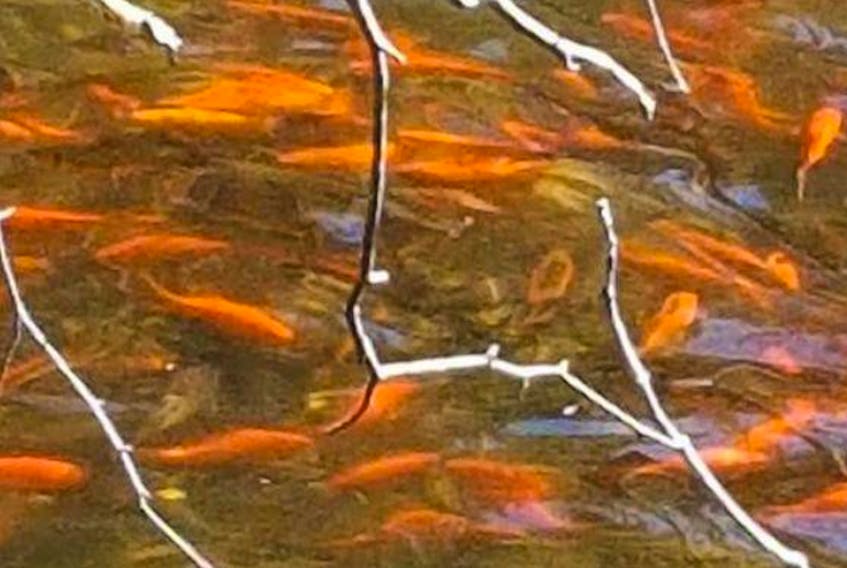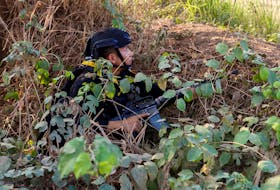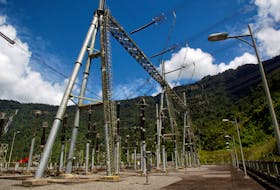An Acadia University biologist says reports of koi fish — or carp — in or along the Cornwallis River in Kings County are “interesting,” but that assessment could change depending on whether the fish flourish and establish themselves in the river.
Trevor Avery, an associate professor in the biology department who studies aquatic systems and introduced species, hadn’t heard of the reports before being contacted.
“That wouldn’t surprise me,” he said. He said the fish could be cast off or escaped from ornamental ponds, or have been moved by people.
“At this point I think I would call it interesting, but I think it could turn into something that’s concerning,” he said.
Photos posted on Facebook earlier this month show a school of the fish in what was described as a “pothole” or isolated pool in the wetland along the south side of the river in the bird sanctuary between Kentville and Coldbrook. But the river is notorious for flooding and some worry the fish could be washed into the river, if they haven’t been already.
At least two other people have commented online about seeing the fish over the past two years, with one mentioning an area of the river in Kentville.
Avery said the fish wouldn’t be in parts of the river where the salt content is higher. The river is tidal and flows into the Minas Basin near Port Williams but has less salinity in its western reaches.
Koi can grow up to a metre in length if food supply and conditions allow.
Avery said there is a definite danger of the fish being moved into the river by floodwaters.
He said they aren’t a predator fish so they won’t likely feed on much more than algae, and if they ate young fish it would be an opportunistic thing because the fish are in the wrong place at the wrong time.
But they could still be problematic, he said.
“If there’s a lot of them, then they’re taking nutrients and resources out of the system that the larvae of other fish might be feeding on as well,” he said. “And space, too. . . . If they’re occupying all the space, then other fish can’t occupy it.”
The river is home to brook trout and brown trout.
“This looks like it needs to be looked into much more,” Avery said.
He said he will likely try to get out to the river to look for the fish, and also to see if they are spawning.
Avery said that it’s more difficult for invasive species to become established if there is a variety of species of fish already in an area, “but if there’s nothing, it’s very easy to make a footprint. That would be one of the concerns I would have here: Are these koi in the system because there’s not much there, and are they going to thrive in that system?”
He said he’s not aware of koi being well established anywhere in the province.
The provincial Fisheries Department said in an emailed statement that large populations of the species may disturb sport fish habitats, and Nova Scotians shouldn’t dispose of goldfish or similar fish in any water source.








